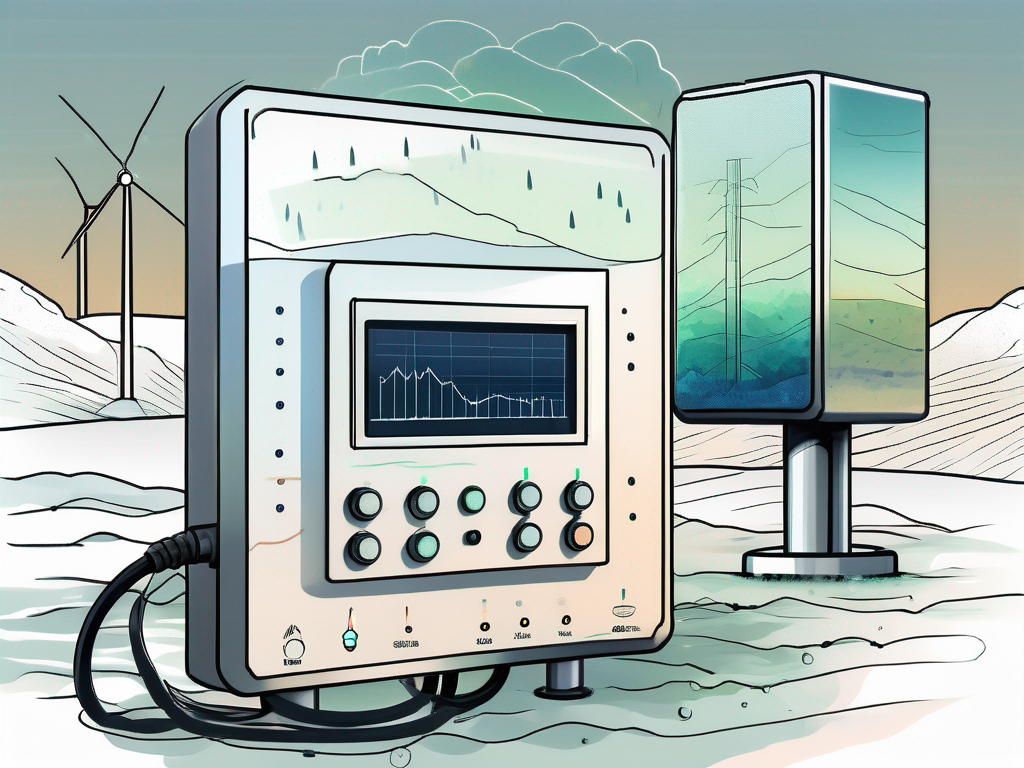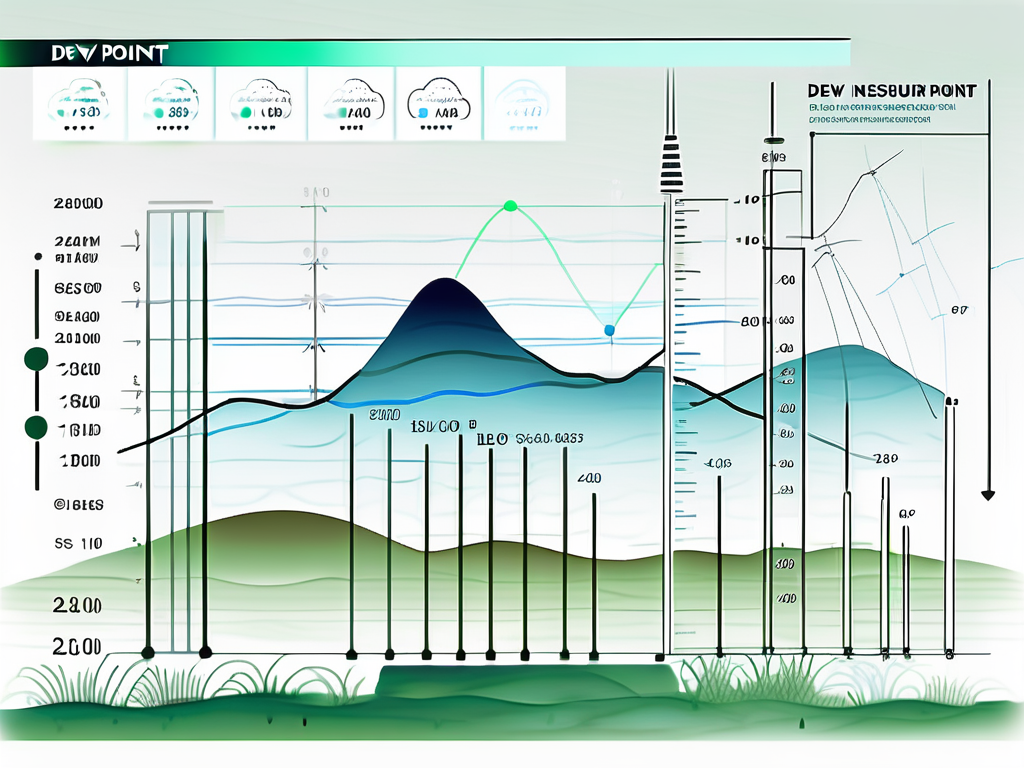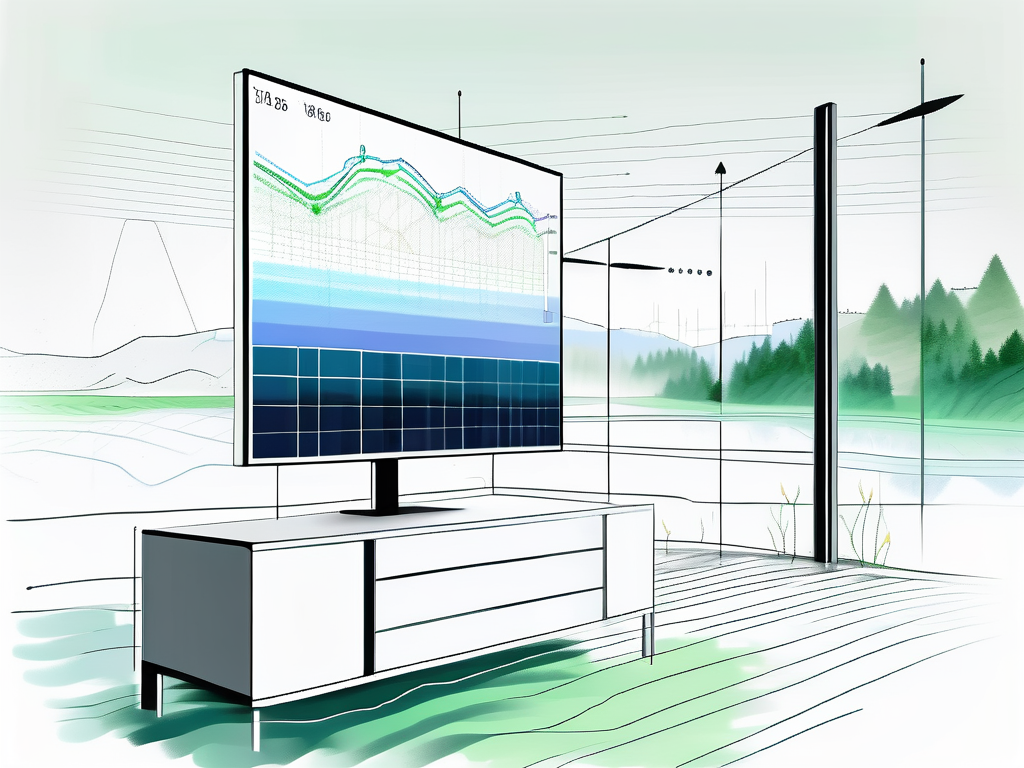
Enhancing Dew Point Control through Remote Monitoring Solutions
In the world of industrial processes, maintaining optimal dew point conditions is paramount. It's a crucial factor that can significantly affect the efficiency and quality of operations. With advancements in technology, remote monitoring has emerged as a game-changing solution, enabling businesses to optimize dew point conditions effectively and efficiently. This approach not only enhances operational efficiency but also reduces costs and mitigates risks.
Understanding Dew Point
The dew point is the temperature at which air becomes saturated with water vapor, leading to the formation of dew or frost. In industrial processes, particularly those involving compressed air systems, the dew point plays a critical role. High dew point temperatures can lead to condensation in the system, which can cause significant damage, including corrosion, equipment failure, and compromised product quality.
Conversely, a dew point that's too low can also pose problems. It can lead to over-drying of the air, which can cause static electricity build-up and potential safety hazards. Thus, maintaining an optimal dew point is crucial for safe and efficient operations.
The Role of Remote Monitoring in Dew Point Optimization
Remote monitoring is a technology that allows for real-time tracking of various parameters, including dew point, from a remote location. This technology leverages sensors, data analytics, and communication networks to provide comprehensive and accurate insights into the dew point conditions within an industrial process.

With remote monitoring, businesses can keep a constant eye on their dew point conditions, enabling them to take immediate action when deviations occur. This proactive approach can significantly enhance operational efficiency, reduce downtime, and prevent costly damages.
Real-time Data Access
One of the main advantages of remote monitoring is the ability to access real-time data. This feature allows for immediate detection of any changes in the dew point, enabling quick response and mitigation of potential issues. Furthermore, real-time data access allows for more accurate and effective decision-making, enhancing overall operational efficiency.
Moreover, with remote monitoring, data can be accessed from anywhere, at any time. This flexibility is particularly beneficial for businesses with multiple sites or those operating in harsh or inaccessible environments. It eliminates the need for physical inspections, saving time and resources.
Preventive Maintenance
Remote monitoring also facilitates preventive maintenance. By continuously monitoring the dew point, businesses can identify potential issues before they escalate into major problems. This proactive approach not only prevents equipment failure and downtime but also extends the lifespan of the equipment, resulting in significant cost savings.
Furthermore, preventive maintenance can also improve the quality of the end product. By maintaining optimal dew point conditions, businesses can ensure that their processes are running at peak efficiency, leading to superior product quality.
Implementing Remote Monitoring for Dew Point Optimization
Implementing remote monitoring for dew point optimization involves several steps. First, the appropriate sensors must be installed at critical points in the process. These sensors continuously measure the dew point and transmit the data to a central system.
Next, the data is analyzed and interpreted using advanced analytics. This process can identify trends and patterns, providing valuable insights into the dew point conditions. If any deviations are detected, alerts can be sent to the relevant personnel, enabling immediate action.
Finally, the data and insights can be used to optimize the dew point. This could involve adjusting the process parameters, implementing preventive maintenance, or making strategic decisions about the process design and operation.
Conclusion
In conclusion, optimizing the dew point is crucial for the efficiency and quality of industrial processes. With the advent of remote monitoring technology, businesses now have a powerful tool at their disposal to achieve this optimization. By providing real-time data access and facilitating preventive maintenance, remote monitoring can significantly enhance operational efficiency, reduce costs, and improve product quality.

As technology continues to advance, the potential of remote monitoring for dew point optimization is only set to increase. By embracing this technology, businesses can stay ahead of the curve, ensuring their processes are not only efficient and high-quality, but also future-ready.
